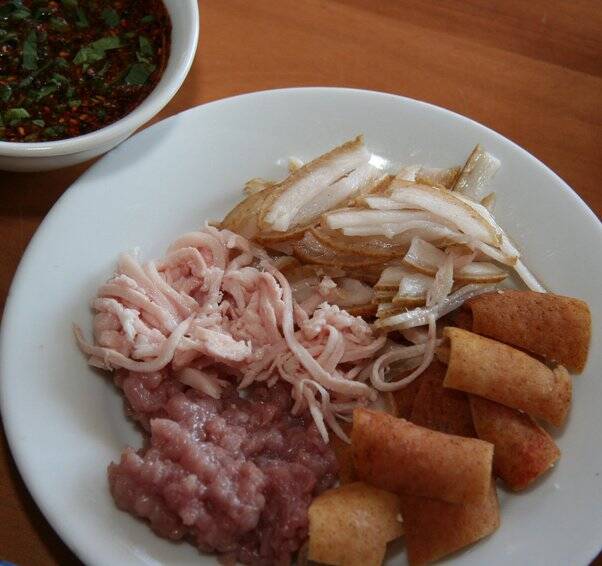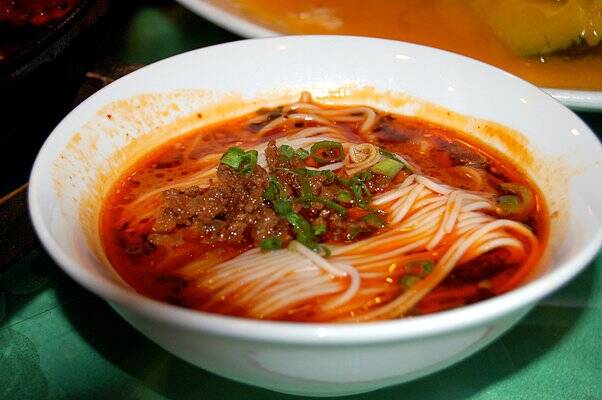其四:
You would probably need over three hundred pages just to make sure you have mentioned every single regional and ethnic cuisine in China.
如果想要概括中国所有地区和民族的料理,你可能得到超过三百页的答案。
The PRC officially recognises 56 ethnic groups but ethnographers estimated the true number of distinctive ethnic groups to be around 200.
中国官方规定有56个民族,但是民族志学者估计真实的拥有文化差异的民族数量大约有200个。
A lot of people like to focus on the internal differences of the Han Chinese but the ethnic minorities of China have their own subgroups as well.
很多人热衷于关注汉族内在的不同,但是中国的少数民族也有内在的子群体。
Did you know Manchu people also live in Guizhou and the term “Miao” refers to a whole gamut of different Hmongic peoples?
你知道满族也住在贵州吗,知道苗,指的是不同区域的整个苗族吗?(什么东西!)
Another thing people think distinguishes Chinese cuisine from Japanese is that Japanese people will eat raw met whereas Chinese people will not.
另一件人们熟知的,区别日本饮食和中国饮食的方法是,日本人吃生肉,而中国人不会。
This is completely false. Eating raw meat is more common in Japan than it is in China but there are many Chinese cuisines that feature raw meat.
这是完全错误的。虽然比起中国,吃生肉在日本非常常见,但是中国也有许多料理以生肉为特色。
There was once a widespread custom of eating sliced raw fish in all coastal provinces, but now the practise is largely restricted to Guangdong.
曾经,在所有沿海省市有一种习俗,就是吃生鱼片。后来,只有广东保留这种习俗了。
The Bai people of Yunnan eat all sorts of pork cuts completely raw.
云南的白族吃所有种类的生猪肉切片。
This makes me a bit nervous because of how easily transmissible diseases can be in pork compared to most other types of meat.
这样让我有意者焦虑,因为比起其他类型的肉,猪肉传播疾病是难道容易。(?中国人吃的最多的就是猪肉来着!)

单词表:
PRC 中华人民共和国
ethnographer n. 民族志学者,人种学者
distinctive adj. 有特色的, 与众不同的
subgroup n. 小群;隶属的小组织 vt. 给…加副标题
gamut n. 全音阶;全音域;整个范围
Hmongic 苗族
widespread adj. 分布广的;普遍的,广泛的
sliced 刨切的
transmissible adj. 能传送的;能透射的;可传达的





